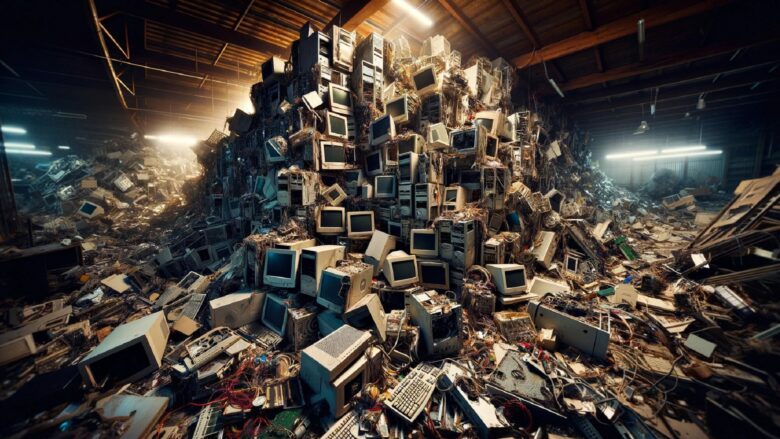E-waste: A record 62 million tons of electronic waste worldwide in 2022

The world has a massive problem with e-waste. Every year the amount of waste from electronic devices increases. The new Global E-Waste Monitor 2024 shows a devastating picture of recent developments – and that current recycling and refurbishing efforts are not enough to counteract them. In 2022, 62 million tons of e-waste were created worldwide. That’s a new record and an 82 percent increase since 2010, Golem reports.
Amazon buys 100% nuclear-powered data center for $650 million
E-waste recycling cannot keep up with growth
“The world is experiencing significant electronification, including a digital transformation, with technologies profoundly changing the way we live, work, learn, socialize, and do business. Many people own and use multiple electronic devices, and the increasing interconnectivity of urban and remote areas has led to a rise in the number of devices and objects linked to the Internet. This growth has seen a concomitant surge in the amount of EEE and e-waste. At the same time, the global e-waste collection and recycling rate is not keeping pace with this growth,” the study says.
Unless there are drastic changes to the way we handle e-waste, a whopping 82 million tons of e-waste could be generated by 2030. Concerning the growing amount of discarded cell phones, laptops, televisions, refrigerators, and other devices, documented recycling is lagging behind. In 2022, less than a quarter (22.3 percent) of electronic waste was demonstrably collected and processed properly. By 2030, the value could even fall to 20 percent, as the report states.
Apple stops autonomous electric car project, Musk celebrates
High-value resources are lost
This development is also uneconomical, according to the report, as it would waste billions of dollars’ worth of reusable resources. In many parts of the world, there is neither appropriate legislation nor infrastructure for collecting and recycling. The Global E-Waste Monitor is presented regularly and can therefore compare figures and data from different years. The authors are the United Nations Training and Research Institute (UNITAR) and the International Telecommunications Union (ITU).






























